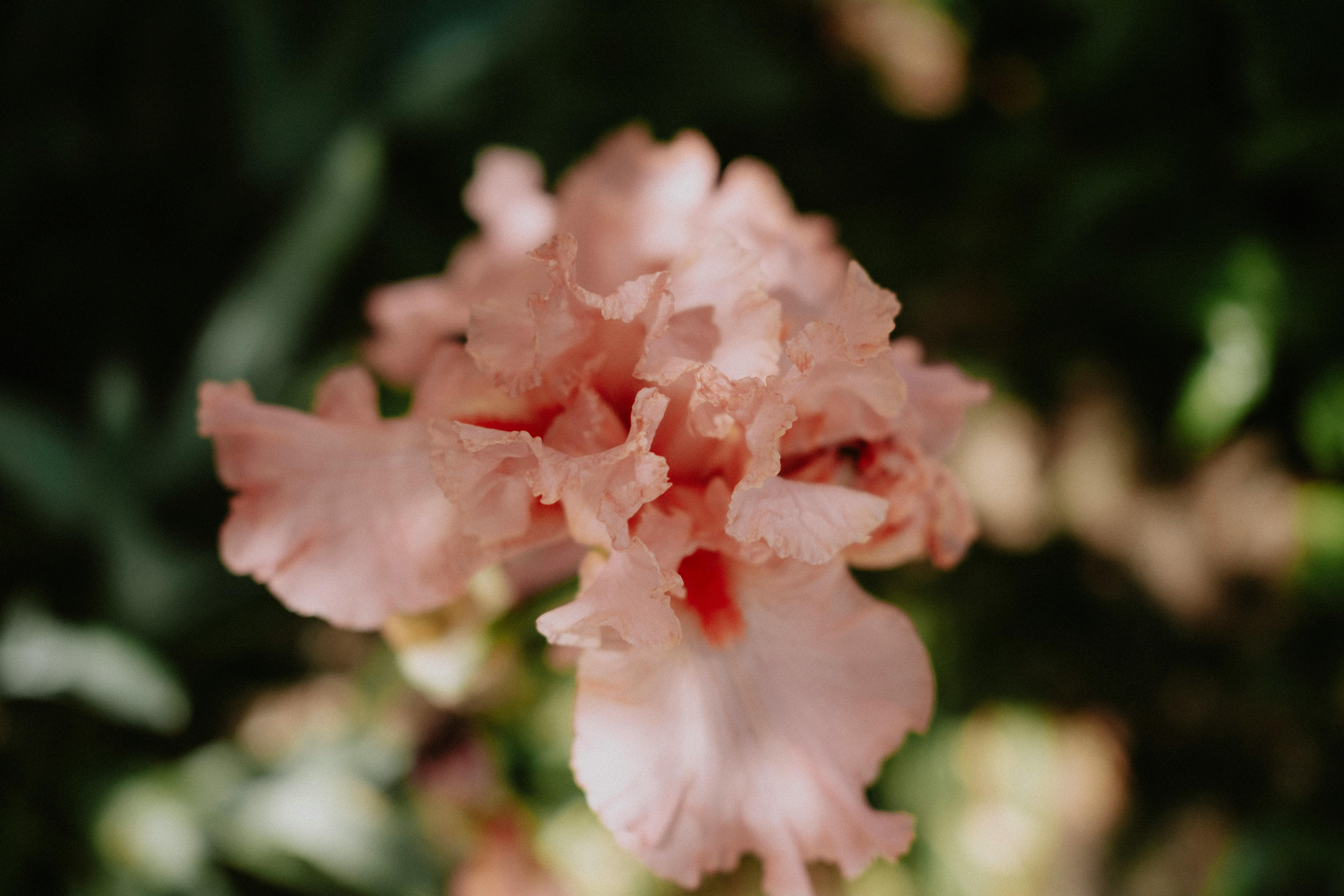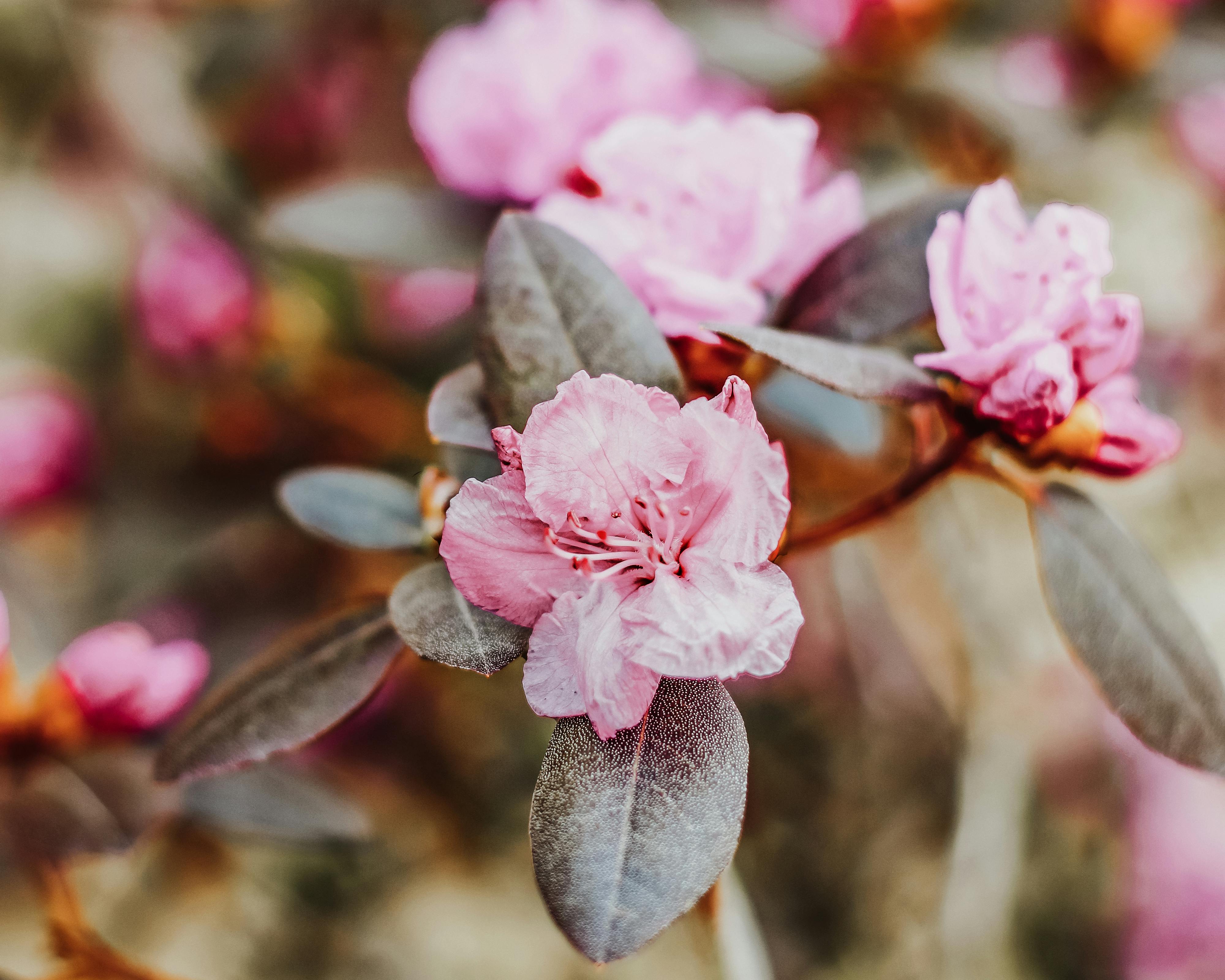Azaleas are one of the most beloved flowering shrubs in the landscape, and they can add a burst of color and texture to a garden. They are easy to care for and require minimal maintenance. When it comes to what to plant with azaleas, there are many options that will bring out their beauty and create a stunning display. With careful planning, you can create an attractive garden that will be enjoyed for many years.Azaleas require moist, well-drained, acidic soil and partial to full shade. They do best in areas that get morning sun and afternoon shade, such as a lightly shaded east-facing exposure. Azaleas prefer soil with a pH between 5.0 and 6.5 and should be planted or mulched in an area with ample organic matter. Azaleas should be watered regularly during the growing season to keep the soil evenly moist, but not soggy. During periods of drought, water more frequently to ensure that the roots are getting enough moisture.
Choosing a Location
When planting azaleas, it is important to choose the right location. Azaleas prefer well-drained, slightly acidic soil and plenty of sunshine. Consider the amount of sunlight and shade available in your garden before selecting a spot for your azaleas. Also, make sure the area is sheltered from strong winds and frost.
Preparing the Soil
Once you’ve chosen the ideal spot for your azalea bush, it’s time to prepare the soil. Dig a hole twice as wide as the rootball of your azalea and just as deep. Make sure to mix some compost or aged manure into the soil before planting. This will help provide nutrients for your plants to thrive.
Planting Your Azalea
When planting an azalea, it is important to handle it carefully in order to avoid damaging its delicate roots. Gently remove the plant from its container and loosen any tangled roots at the bottom of the rootball with your fingers. Place it in the prepared hole and fill with soil, tamping down gently with your hands.
Watering & Mulching
Azaleas need plenty of water during their first year of growth, so be sure to water them at least once a week during this time period. A layer of mulch around each plant will help retain moisture in the soil and provide additional nutrients as it decomposes over time.
Choosing the Best Location for Azaleas
Azaleas are beautiful flowering shrubs that can add vibrant color to any garden. When choosing a location to plant azaleas, there are several factors that should be considered. The most important thing to consider is the amount of sunlight the area receives, as too much direct sunlight can damage the plants. Azaleas also need well-drained soil, so if the soil in a particular area is prone to waterlogging, it may not be an ideal location for azaleas.
Azaleas prefer slightly acidic soils with a pH between 5 and 6, so it is important to test the soil before planting. Additionally, azaleas do best in areas with some shelter from strong winds and harsh weather conditions. If planted in an exposed location, they should be sheltered from drying winds with other plants or walls.
It is also important to provide adequate space for azaleas when planting them in a garden. Allowing plenty of space between plants will make sure that they get enough air circulation, which will help them thrive. Lastly, it is important to check that any area chosen has good drainage and does not remain saturated after heavy rains or snow melts. Doing these simple things will help ensure that your azalea plants have all they need to flourish and bloom beautifully for years to come!
When to Plant Azaleas
Azaleas are a stunning addition to any landscape, but when is the best time to plant them? The answer depends on the climate where you live. In general, azaleas should be planted in late winter or early spring. This gives the plants time to establish themselves before summer arrives. In cold climates, spring is the ideal time to plant azaleas because the soil has had time to warm up and there’s still plenty of moisture in the air. In warm climates, planting during late winter or early spring will allow the plants to establish root systems before temperatures become too hot.
When planting azaleas, it’s important to choose an area with well-draining soil and partial shade. Azaleas prefer an acidic soil pH level which can be achieved by adding peat moss or compost prior to planting. Also make sure you water your azaleas regularly and mulch around them. This will help keep their roots cool and moist, allowing them to grow and thrive in your garden!
Soil Requirements for Planting Azaleas
Azaleas are a beautiful addition to any garden, and they require specific soil requirements to ensure healthy growth. Azaleas thrive best in acidic soils, with a pH of 4.5 to 6.0. A soil test is recommended to determine the pH, and if needed, amendments can be added to adjust the soil’s acidity level. The soil should also be well-draining and organic-rich. A combination of peat moss, compost, and/or well-rotted manure can be mixed into the native soil before planting azaleas. If planting in containers, use a high-quality potting mix specifically formulated for azaleas or another ericaceous plant such as rhododendrons or blueberries. The potting mix should contain perlite or vermiculite for aeration and good drainage.
Azaleas do not tolerate wet feet or soggy soils so if your site has poor drainage, amend the soil with sand to improve it or consider building raised beds or planters that allow proper drainage. Avoid heavy clay soils as they retain too much water which can lead to root rot and other diseases. Mulch around the plants helps maintain even moisture levels and keeps weeds at bay plus provides an attractive background for your azalea shrubs.

Azaleas and Their Ideal Companion Plants
Azaleas are a popular type of flowering shrub, prized for their vibrant and long-lasting blooms. These hardy plants can thrive in a variety of climates and environments, making them a wonderful addition to any garden. To ensure that your azaleas reach their full potential, it is important to select ideal companion plants that will support the growth and health of your azaleas. Some of the best companion plants for azaleas include rhododendrons, boxwood shrubs, camellias, hostas, ferns, and evergreen trees.
Rhododendrons are a natural choice for an azalea companion plant due to their similar growing requirements. In addition to providing a pleasing aesthetic to your garden, they will also provide protection from cold temperatures during the winter months. Boxwood shrubs are another great option for an azalea companion plant as they offer protection from wind and hot sun while still allowing plenty of light to reach the azalea’s foliage.
Camellias are another ideal companion plant for azaleas since both prefer acidic soil conditions with good drainage. Hostas are also great additions to an azalea garden as their lush foliage helps reduce weeds and keeps moisture in the soil around the roots of your azaleas. Ferns add texture and color to the landscape while providing some much-needed shade for your azalea’s delicate blooms. Finally, evergreen trees such as cypress or juniper offer year-round privacy screening while providing shelter from harsh winds or sun exposure.
With so many ideal companion plants available for growing with your azaleas, it is easy to create a beautiful garden that will thrive year-round. By selecting a variety of plants that complement one another’s needs you can ensure that your azaleas receive adequate nutrition and protection throughout the growing season. With careful thought and planning you can create an inviting landscape where your beloved azaleas will flourish!
Location
When planting azaleas, one of the most important considerations is location. Azaleas require a location in part to full sun, depending on the variety. They also require well-drained soil that is slightly acidic. If the soil does not contain enough acidity, it should be amended with a soil amendment such as peat moss or composted pine needles. Additionally, azaleas should be planted in an area that receives some afternoon shade, particularly if they are planted in full sun.
Watering and Fertilizing
Azaleas need regular watering and fertilizing to stay healthy. When watering azaleas, it is important to water deeply and not just give them a light sprinkling of water. This helps the roots absorb more water and encourages root growth. Fertilizing should be done every four to six weeks during the growing season with a fertilizer formulated for acid-loving plants such as azaleas. It’s also important to avoid over-fertilization as this can damage the plant’s roots.
Mulching
Mulching around azaleas is a great way to help retain moisture and reduce weeds. Mulch should be applied around the base of the plant in a 3-4 inch layer but not touching the stems or trunk of the plant itself. Organic mulches such as bark chips or pine needles work best as they help improve soil fertility over time.
Pruning
Azaleas may require occasional pruning to maintain their shape and size. Pruning should be done after flowering has finished and before new growth begins in late spring or early summer. Pruning should involve removing dead wood and any branches that are growing out of shape or too far from the main trunk of the plant.
Overall, when planting azaleas it is important to consider their location, watering needs, fertilizing needs, mulching needs, and pruning needs in order to ensure that they thrive for many years to come!
Caring for Azaleas
Azaleas are popular flowering shrubs that are fairly easy to care for and maintain. When caring for azaleas, it is important to provide the plants with the right amount of sunlight, water and fertilizer. Azaleas prefer partial shade, meaning they should be located in a spot that gets at least four hours of direct sun each day. The soil should be kept evenly moist but not soggy and fertilizer should be applied in early spring, mid-spring and late summer. Mulching around the base of the plant will help retain moisture during dry spells.
Pruning Azaleas
Azaleas benefit from yearly pruning to maintain their shape and encourage blooming. Prune azaleas in late winter or early spring before new growth appears on the plants. When pruning, remove any dead or diseased branches first then lightly prune any overgrown branches by cutting back just above a bud on the branch. Azaleas flower on last year’s wood so it’s important not to prune too heavily as this can reduce flower production. If desired, azaleas can also be lightly sheared after blooming to keep plants looking tidy and encourage more flowers for next season.

Conclusion
Azaleas are a beautiful addition to any garden, and the right companion plants can help to create a stunning display. When planning your garden, think carefully about which companion plants will complement your azaleas. Consider plants that will provide year-round interest, colour and texture, as well as those that provide shelter to beneficial wildlife.
Grasses such as liriope and pampas grass provide structure to the garden, while other evergreens such as rhododendrons and camellias offer year-round foliage. For summer colour and fragrance, choose perennials such as hostas and hellebores. Ferns like Japanese holly ferns are also popular choices for planting with azaleas. Don’t forget to add mulch to protect the roots of your azaleas from extreme temperatures.
With careful planning, you can create a beautiful display of azalea shrubs surrounded by a range of companion plants that will last for years to come.
No matter what type of garden you have or which companion plants you choose, there’s no denying that azaleas make an impressive statement in any landscape.

